Code
HCS16311
Weight
1.26 Kg / 2.78 lbs
Size
Height
14cm (6") Width
9cm (4") Depth
11.5cm (5") Material
Brass
Availability
Available
Date Added
2019-08-06 04:08:55
Note : We used to sell this product 6 years ago so it may no longer be in our stock.
It is possible that we still have it with our suppliers but the price could be different from before.
Feel free to order. We will verify availability and inform you promptly.
It is possible that we still have it with our suppliers but the price could be different from before.
Feel free to order. We will verify availability and inform you promptly.

Safe Payment
We accept Paypal, Money Transfer, Bank Transfer
Confidence
Protection covers your purchase and personal data.
Worldwide Delivery
We ship Worldwide, except Russia.Shipping cost US$25.2 for upto 0.5 kgs

Hotline
Talk to help line for your question on 9841267335Process: Sand Casting
This Statue Of Dholka Player With Stone Setting has been created using the sand casting system, also known as sand molding casting. This widely employed manufacturing process utilizes a sand mold to produce metal products and components in various sizes and shapes. Sand casting holds significant popularity in the industry, accounting for approximately 60% of all metal castings. The sand casting process involves six primary steps. First, a pattern or replica of the desired sculpture, in this case, Statue Of Dholka Player With Stone Setting, is created using a material like wood or metal. The pattern is then placed in a flask, which is a box-like structure divided into two halves. The next step involves packing the flask tightly with specially formulated molding sand, creating a mold cavity that matches the shape of the pattern. The pattern is subsequently removed, leaving behind a negative impression of the sculpture within the sand mold. Read More . . .
This Statue Of Dholka Player With Stone Setting has been created using the sand casting system, also known as sand molding casting. This widely employed manufacturing process utilizes a sand mold to produce metal products and components in various sizes and shapes. Sand casting holds significant popularity in the industry, accounting for approximately 60% of all metal castings. The sand casting process involves six primary steps. First, a pattern or replica of the desired sculpture, in this case, Statue Of Dholka Player With Stone Setting, is created using a material like wood or metal. The pattern is then placed in a flask, which is a box-like structure divided into two halves. The next step involves packing the flask tightly with specially formulated molding sand, creating a mold cavity that matches the shape of the pattern. The pattern is subsequently removed, leaving behind a negative impression of the sculpture within the sand mold. Read More . . .
About Musician Set :
A Nepali Musician set is a collection of musical instruments used by Nepali musicians to create traditional Nepali music. The set typically includes a variety of instruments, such as:
Madal: A traditional Nepali percussion instrument consisting of two drumheads connected by a cylindrical wooden frame. It is played with the hands and produces a deep, resonant sound.
Sarangi: A stringed instrument with a long, rectangular body and a curved neck. It has four main strings and several additional sympathetic strings, and is played with a bow. It produces a rich, melodic sound.
Bansuri: A bamboo flute that is commonly used in Nepali music. It has six finger holes and is played by blowing across the mouthpiece. It produces a soft, haunting sound.
Harmonium: A keyboard instrument that is commonly used in Nepali devotional music. It has a series of reeds that are activated by air from a hand-operated bellows. It produces a warm, resonant sound.
Tabla: A pair of small hand drums that are commonly used in Nepali music. The drums are made of wood and animal hide, and are played with the fingers and palms. They produce a complex, rhythmic sound.
Madal: A traditional Nepali percussion instrument consisting of two drumheads connected by a cylindrical wooden frame. It is played with the hands and produces a deep, resonant sound.
Sarangi: A stringed instrument with a long, rectangular body and a curved neck. It has four main strings and several additional sympathetic strings, and is played with a bow. It produces a rich, melodic sound.
Bansuri: A bamboo flute that is commonly used in Nepali music. It has six finger holes and is played by blowing across the mouthpiece. It produces a soft, haunting sound.
Harmonium: A keyboard instrument that is commonly used in Nepali devotional music. It has a series of reeds that are activated by air from a hand-operated bellows. It produces a warm, resonant sound.
Tabla: A pair of small hand drums that are commonly used in Nepali music. The drums are made of wood and animal hide, and are played with the fingers and palms. They produce a complex, rhythmic sound.
The Nepali Musician set is often used in traditional Nepali music performances, such as religious ceremonies, festivals, and cultural events. It represents the rich musical heritage of Nepal and the skill and artistry of Nepali musicians.



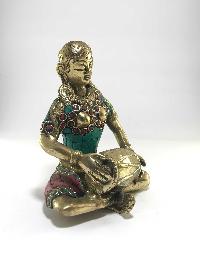
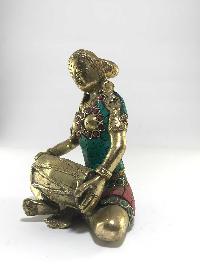

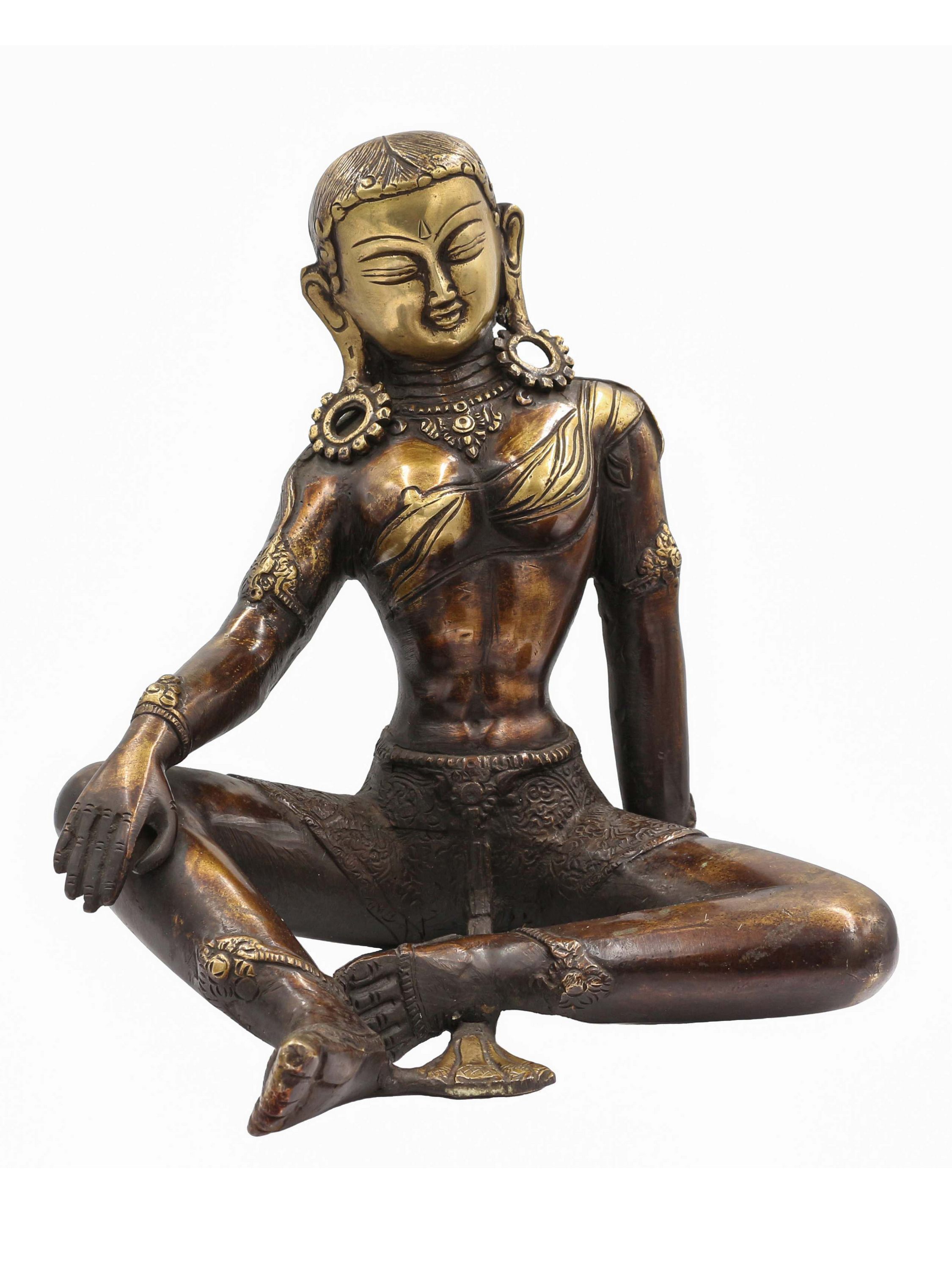 of Parvati,
of Parvati, 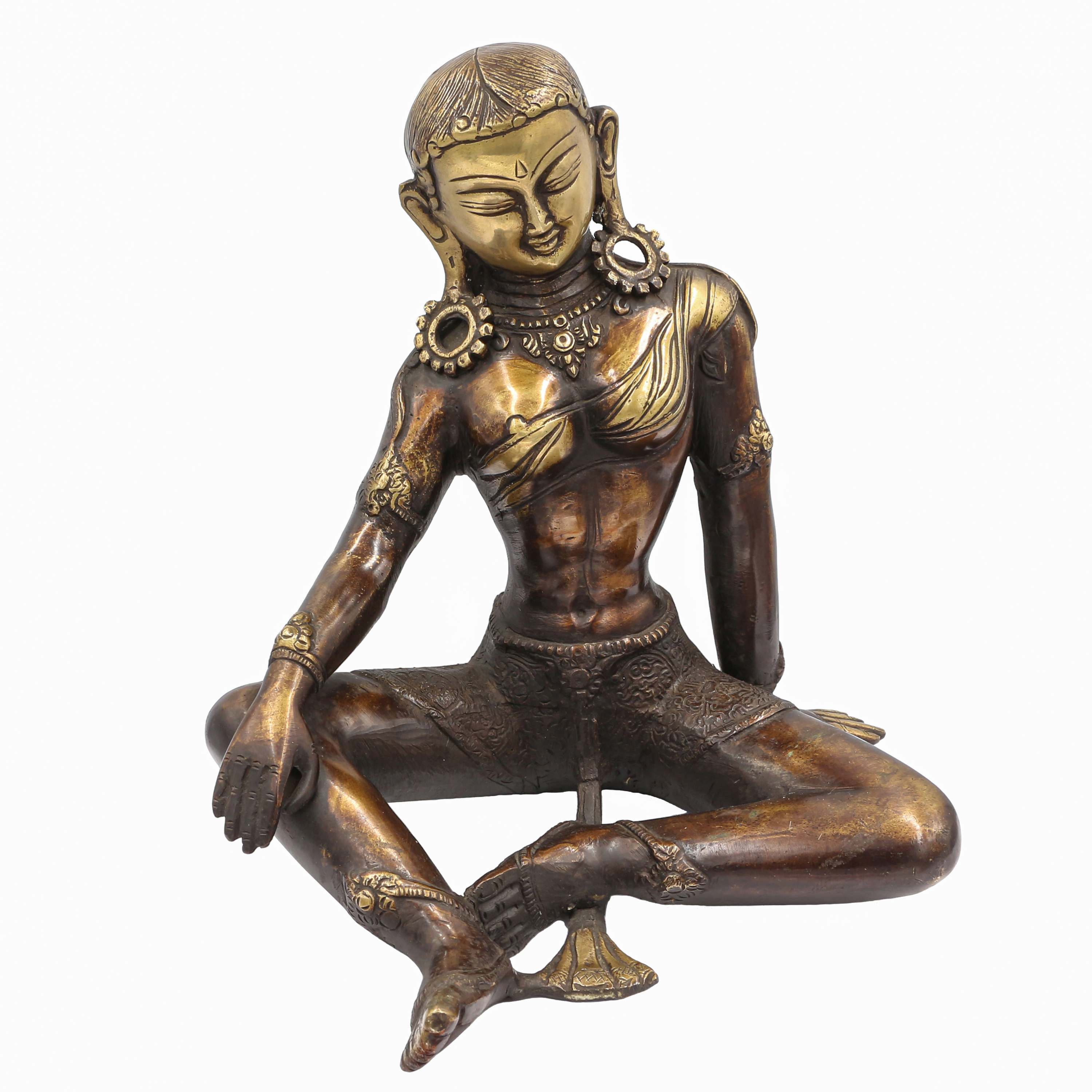 of Parvati,
of Parvati,  of Sai Baba In Glossy Finishing" title="Statue
of Sai Baba In Glossy Finishing" title="Statue 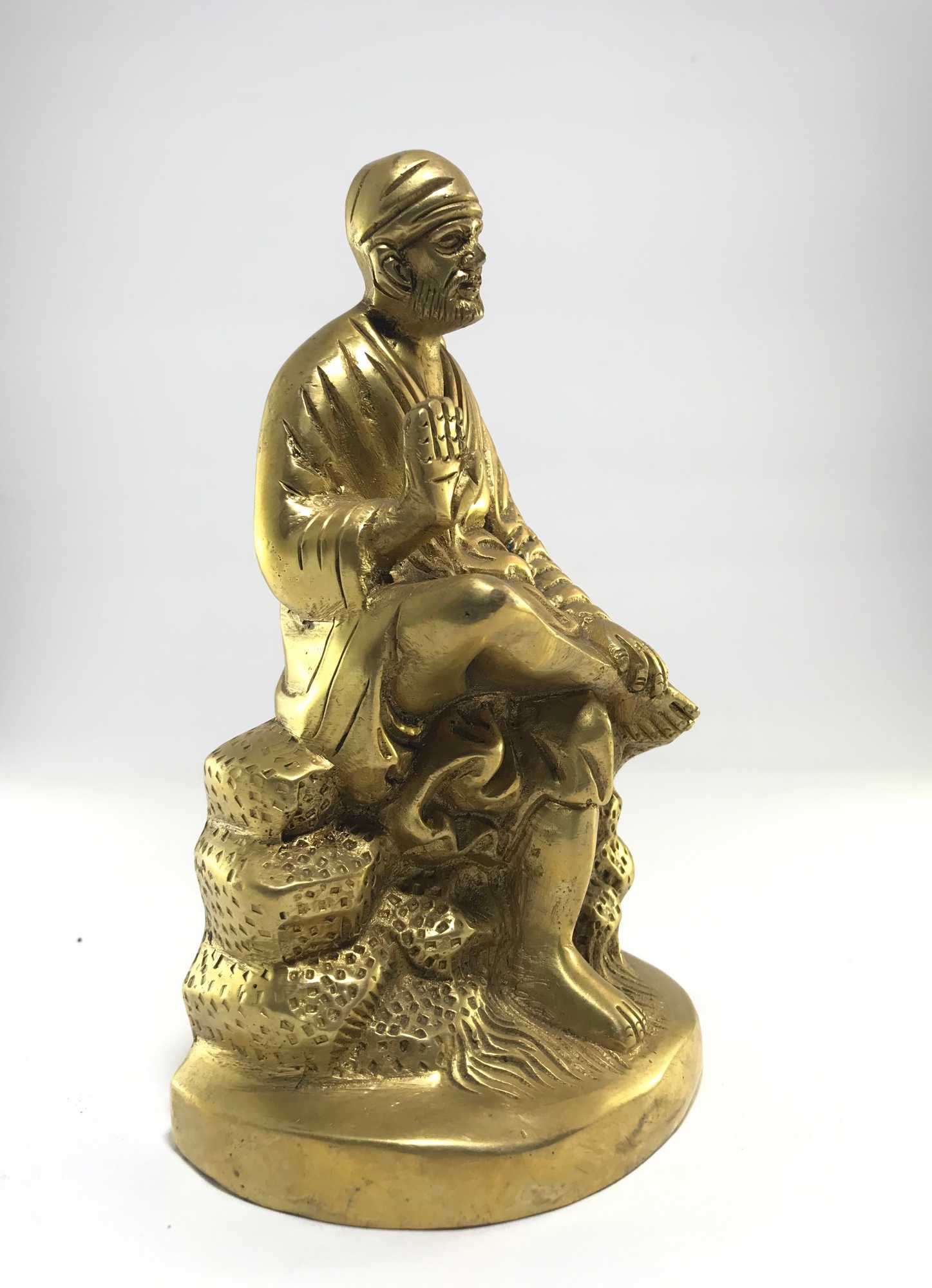 of Sai Baba In Glossy Finishing" title="Statue
of Sai Baba In Glossy Finishing" title="Statue  of Elephant Candle Stand" title="Statue
of Elephant Candle Stand" title="Statue 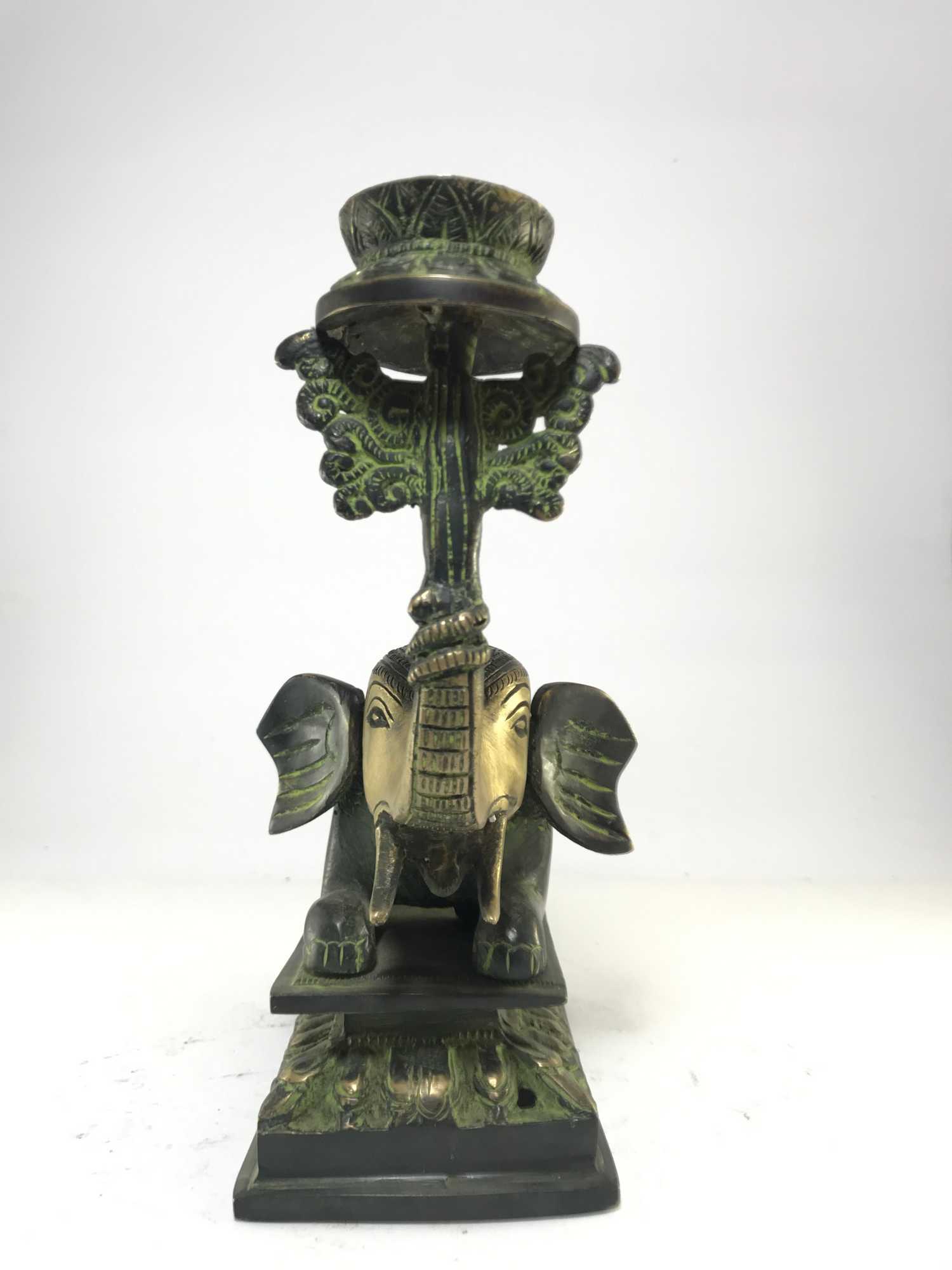 of Elephant Candle Stand" title="Statue
of Elephant Candle Stand" title="Statue  of Shehnai Player
of Shehnai Player 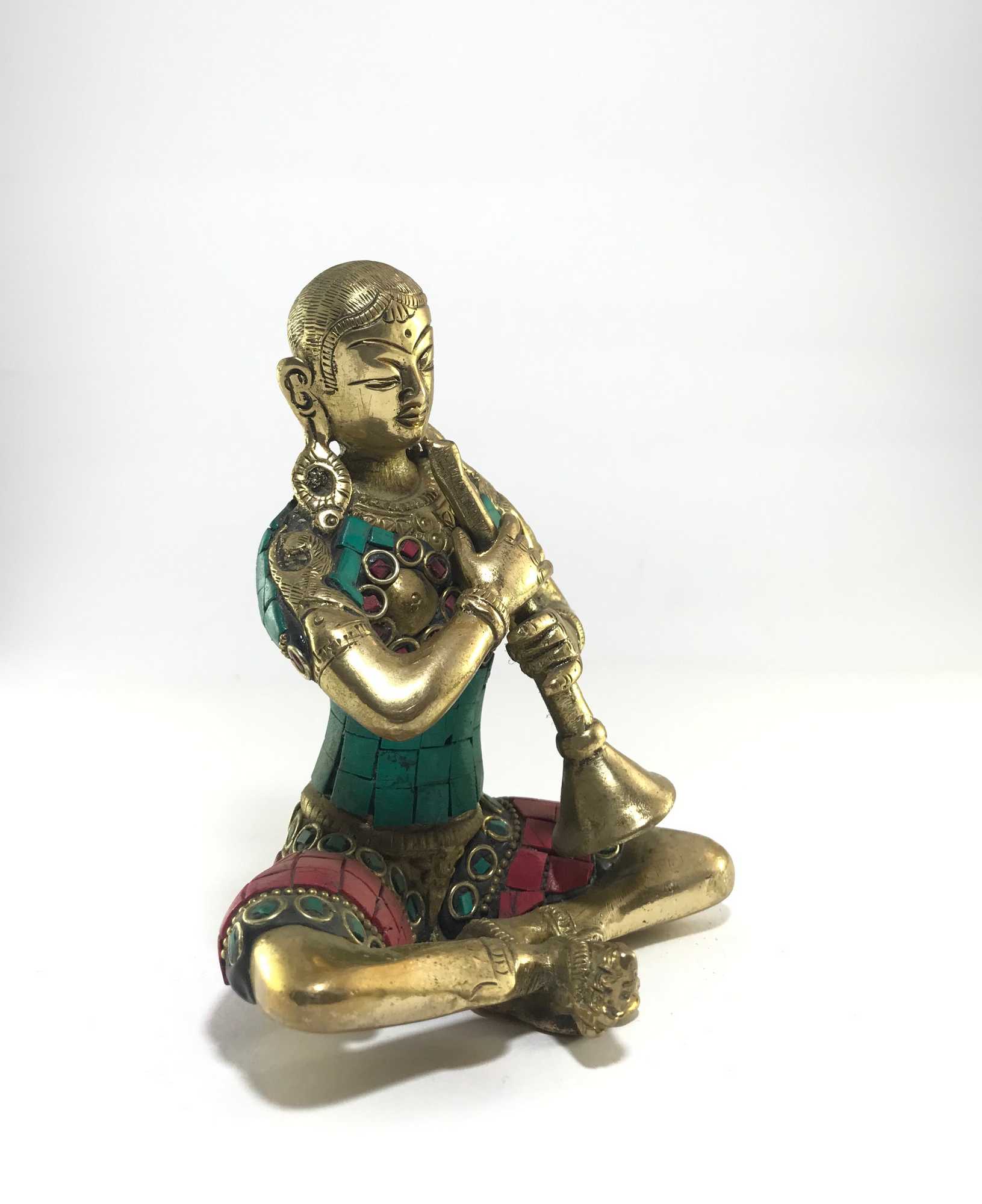 of Shehnai Player
of Shehnai Player  of A Man Playing Madal,
of A Man Playing Madal, 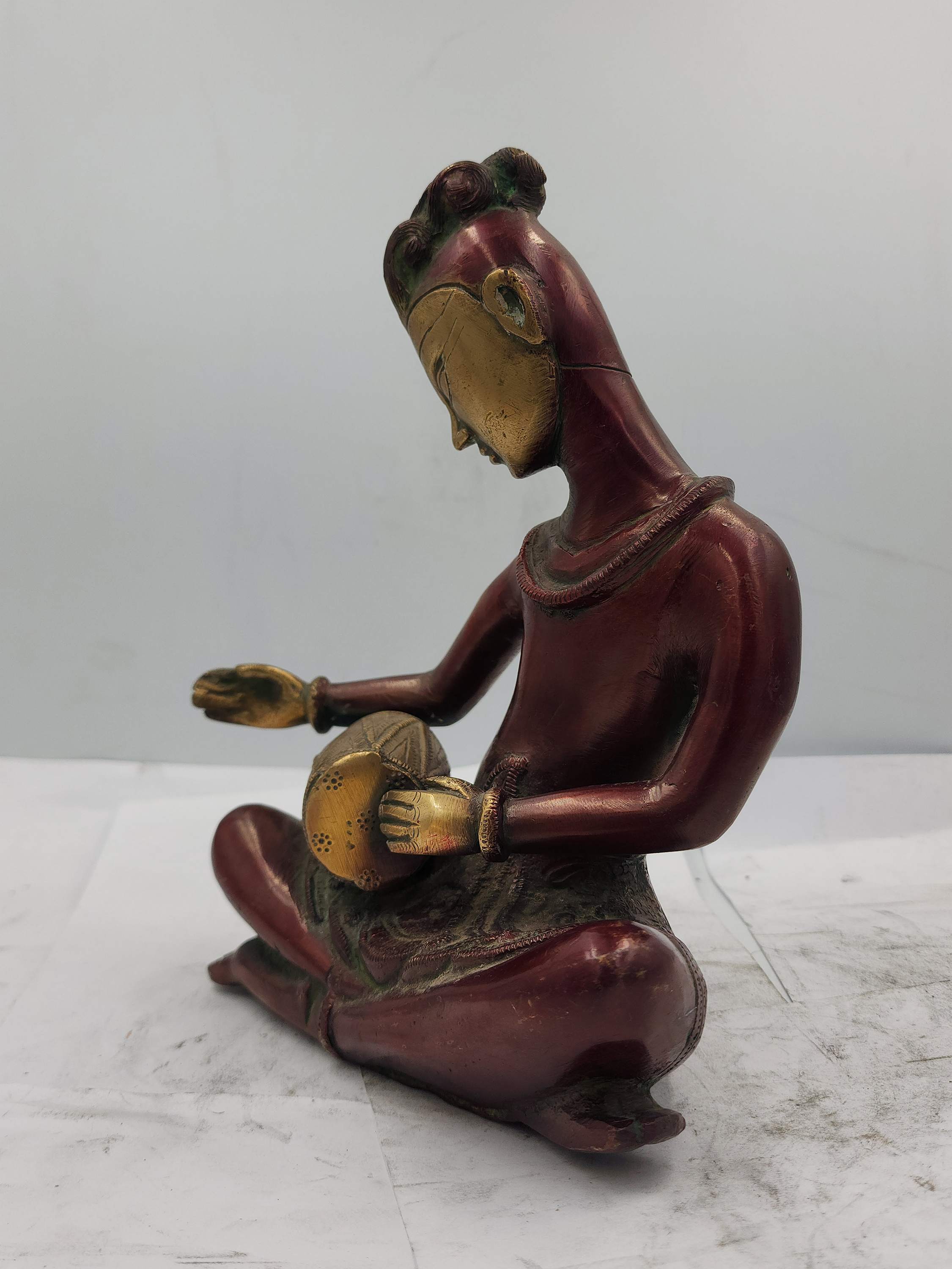 of A Man Playing Madal,
of A Man Playing Madal,  of Elephant" title="Statue
of Elephant" title="Statue 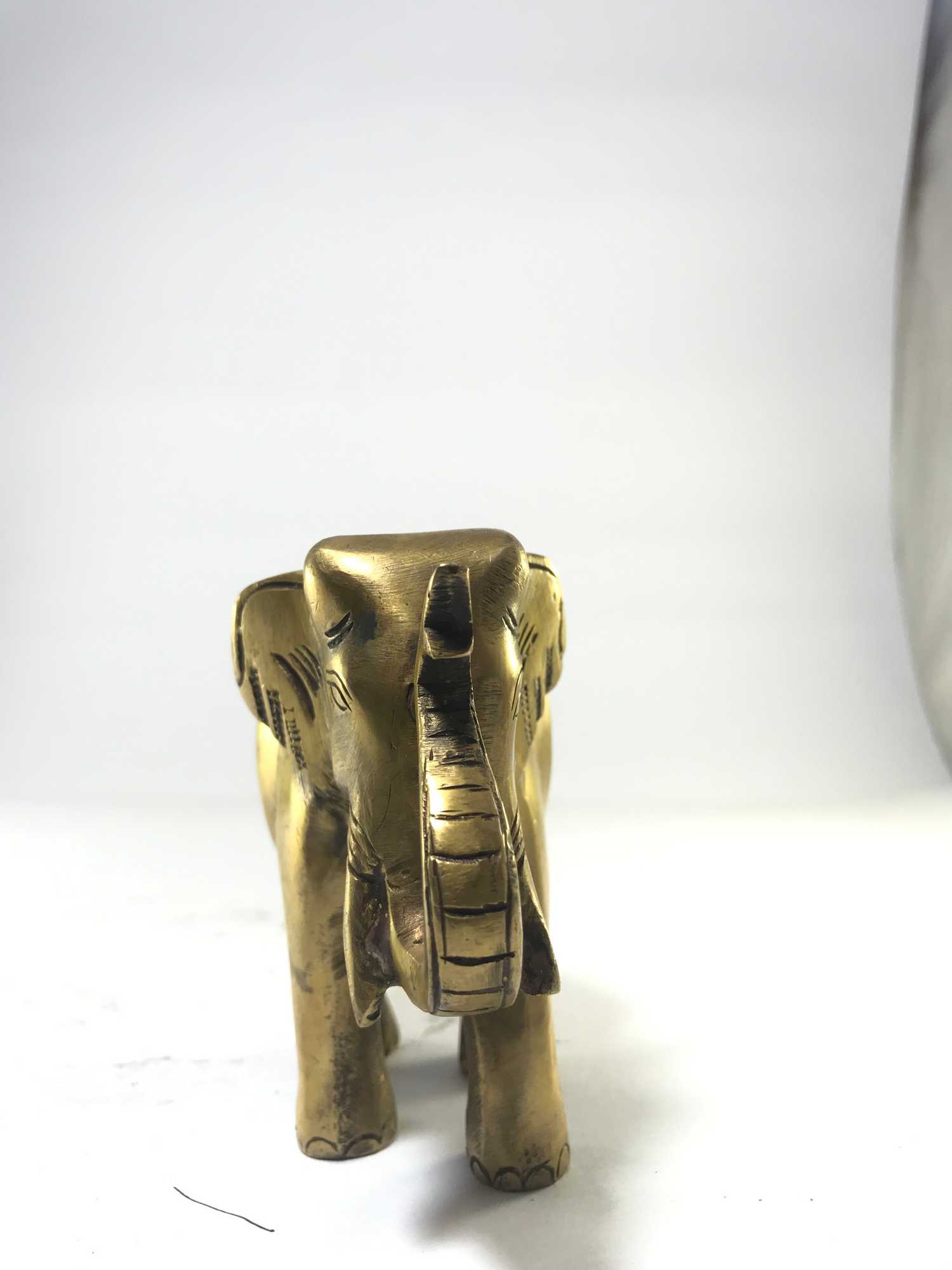 of Elephant" title="Statue
of Elephant" title="Statue 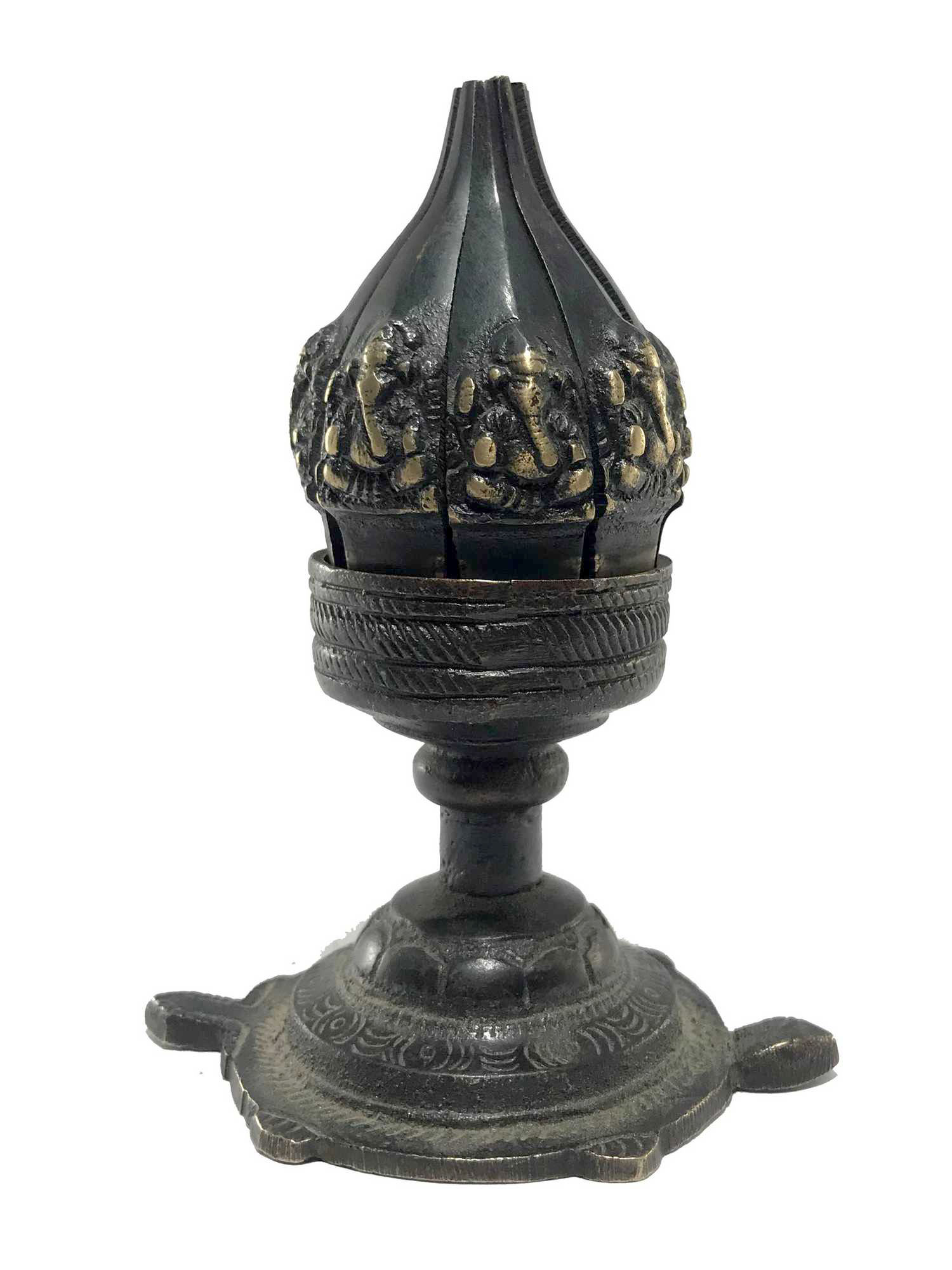
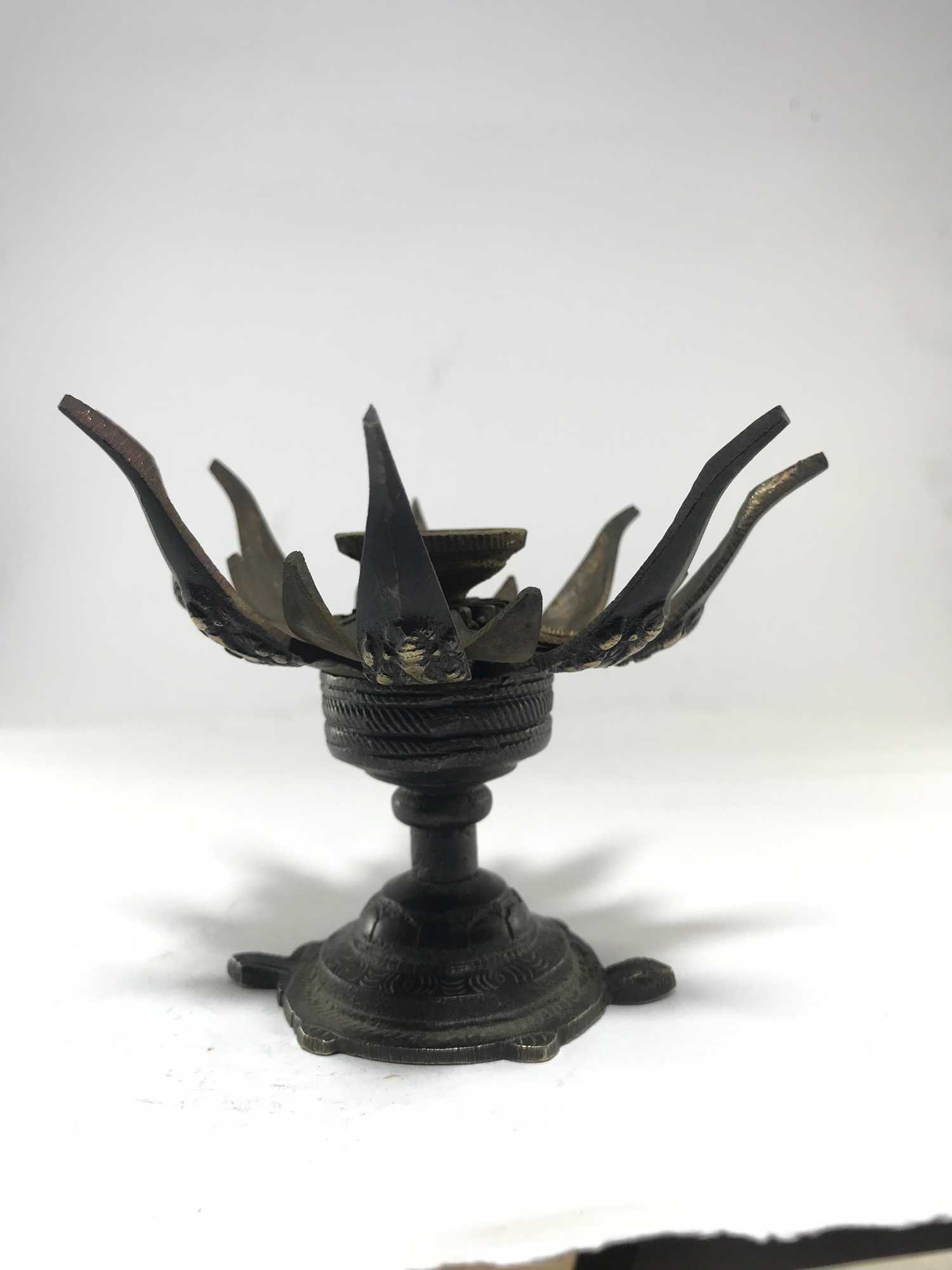
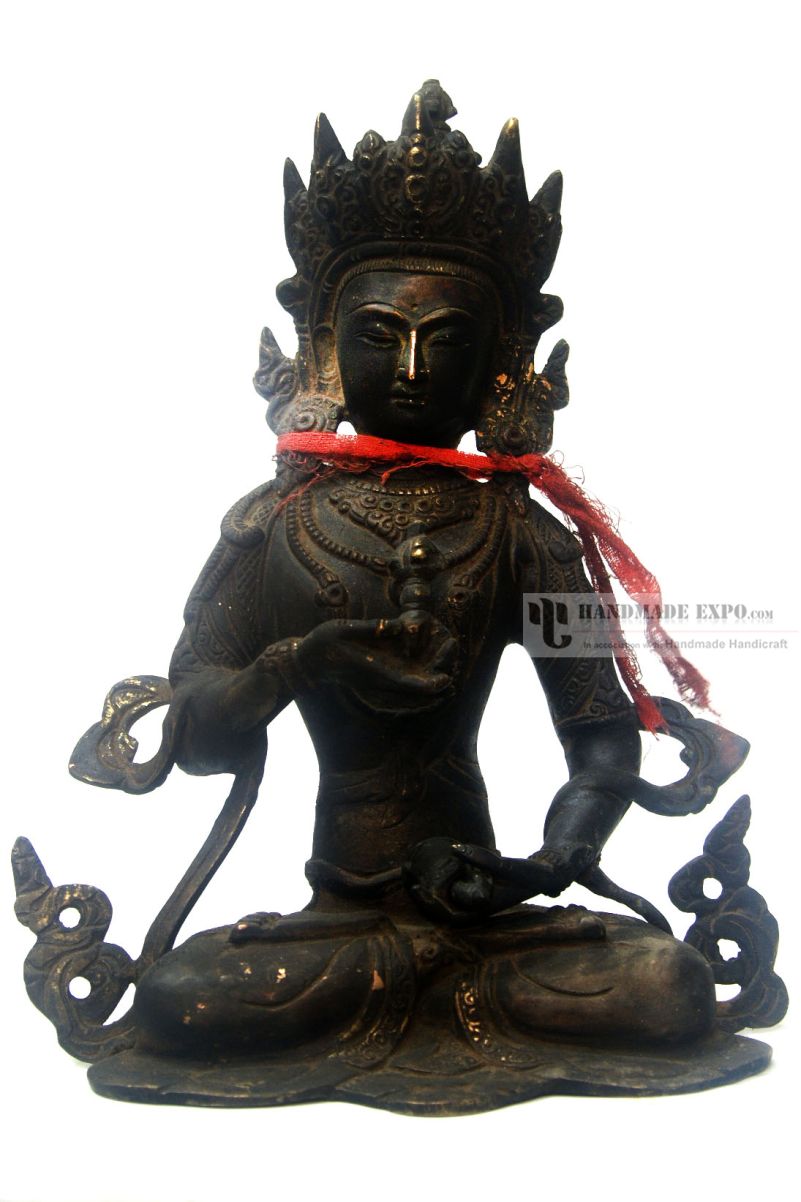 of Vajrasattva
of Vajrasattva 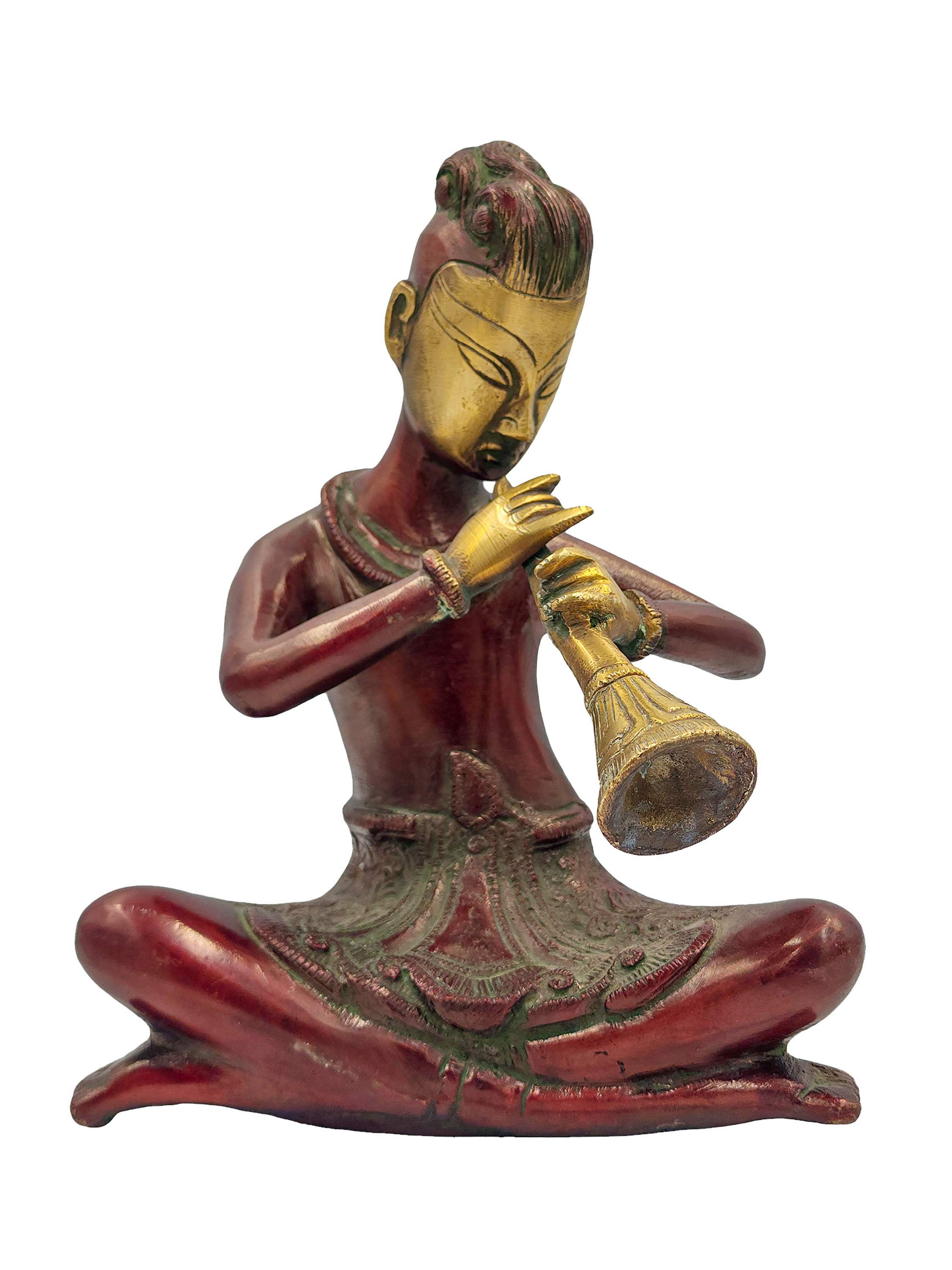 of A Man Playing Bhopu,
of A Man Playing Bhopu, 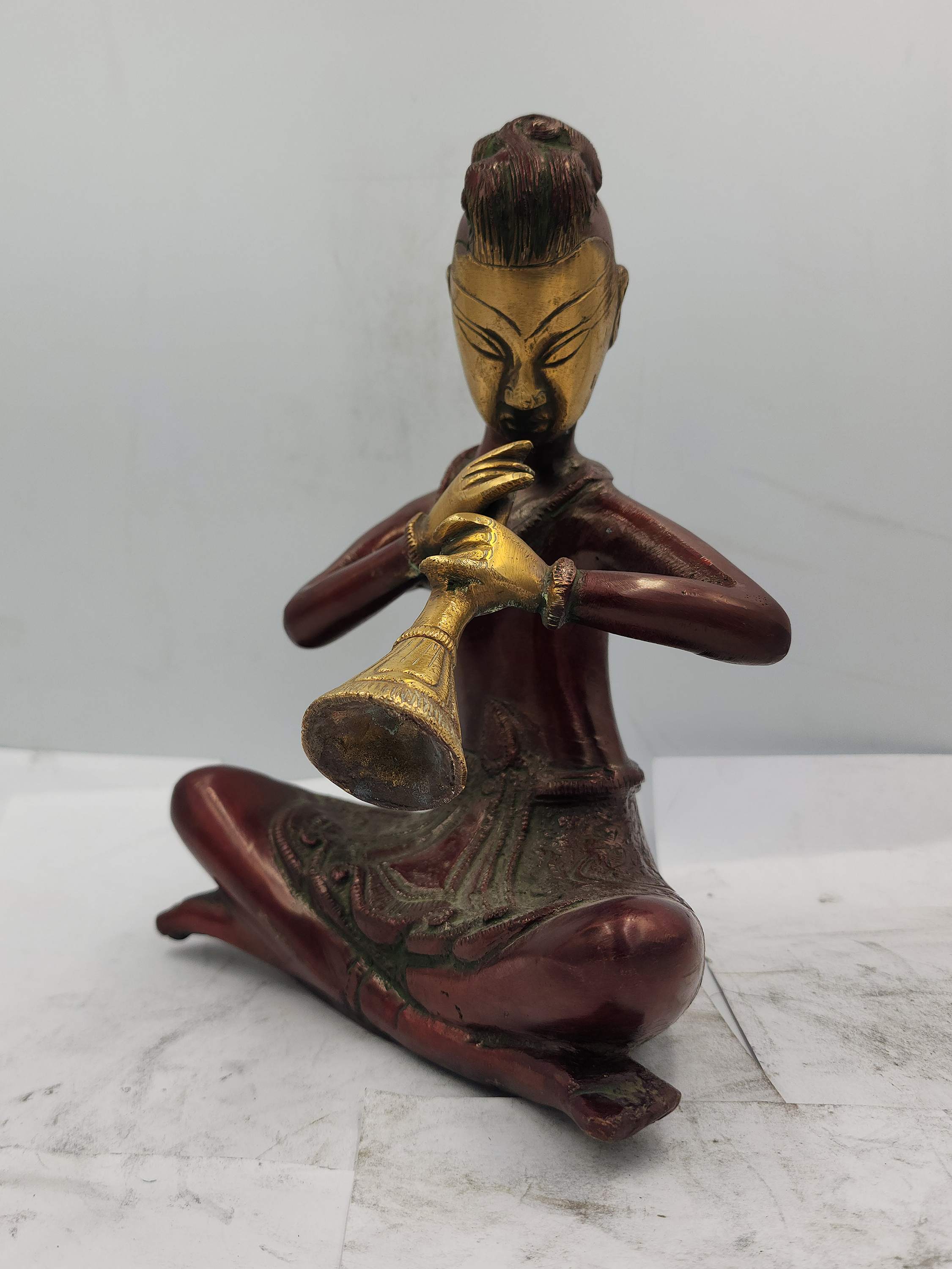 of A Man Playing Bhopu,
of A Man Playing Bhopu, 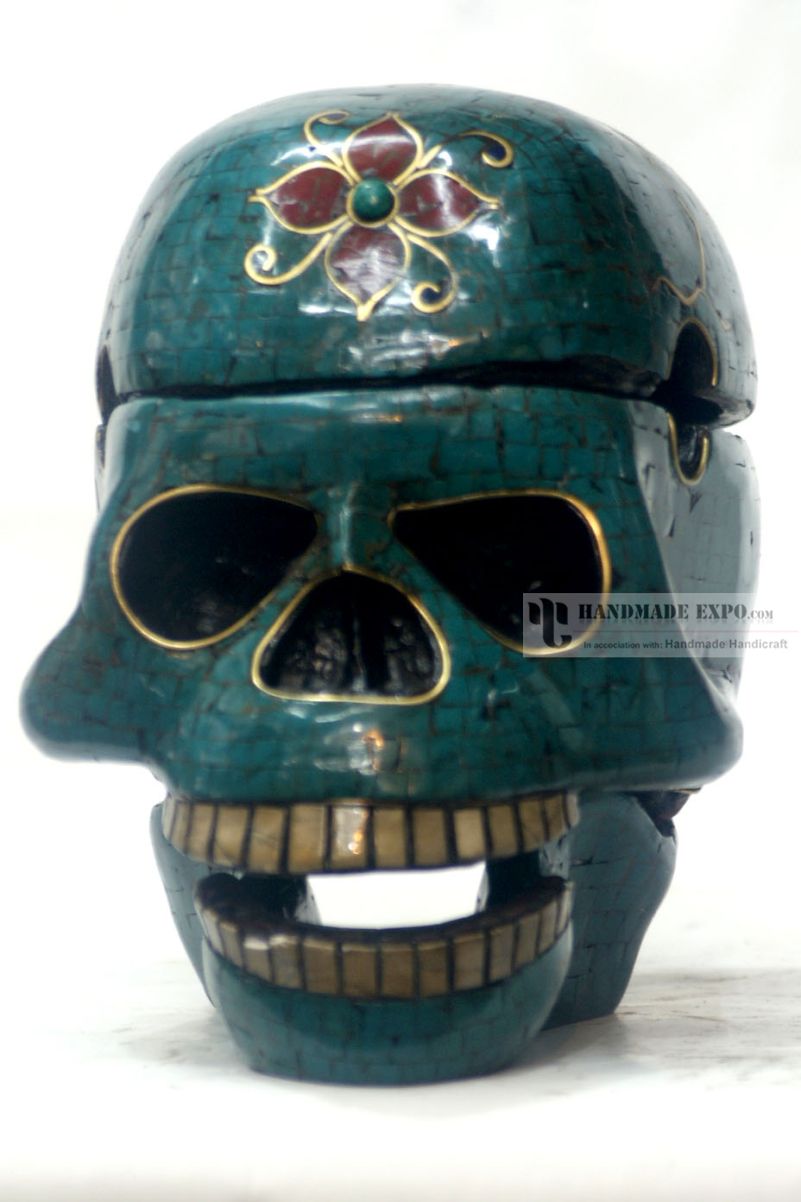 with Turquoise Stone Setting" title="Skull Ash Tray
with Turquoise Stone Setting" title="Skull Ash Tray